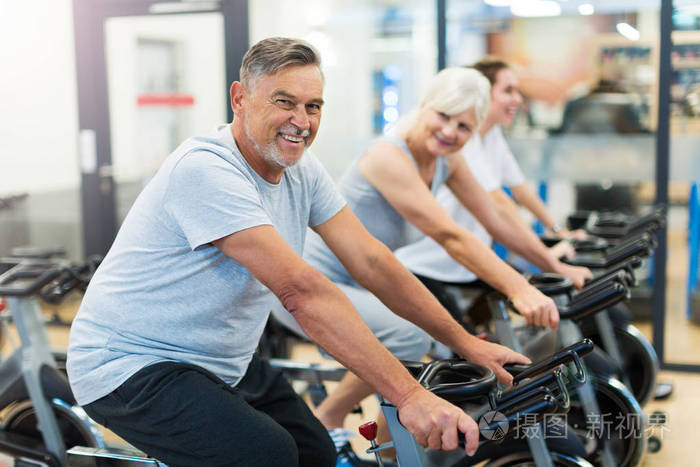Recently, according to reports, journalists have discovered through investigations that many sports venues, including some gyms and swimming pools, impose age restrictions on older adults, generally setting the limit at 60-70 years old, with some even lowering it to 55 or 50. With the rising popularity of winter sports, certain ski resorts also explicitly state that individuals over the age of 55 are not allowed to participate in skiing activities.
In recent years, profit-driven sports facilities have repeatedly barred older adults from entering. In 2021, a citizen named Xiao Zhang in Chongqing attempted to get a gym membership for his father but was refused due to age limits imposed by the gym operator. In 2022, an 82-year-old member in Nanjing was denied renewal of their membership at a swimming pool because of their advanced age; this led to a lawsuit and widespread public attention. A consistent line of reasoning among multiple fitness centers has dampened the enthusiasm of older adults for exercise.
Compared to younger generations, older adults often have more leisure time, and with evolving consumption attitudes and increasingly comprehensive life security measures, their interest in physical exercise and health maintenance is on the rise. There’s a growing desire among seniors to engage in market-oriented sports facilities. Despite this, fitness facilities rarely cater to older adults. However, against the backdrop of an aging population, the senior demographic is becoming a substantial consumer group, and their need to access these commercial sports venues must be acknowledged.
The refusal of entry based on exceeding age limits, and age-related restrictions preventing renewals, clearly indicate that most sports venues are unprepared for older adult patrons. While it’s understandable that operators might harbor concerns about the risks involved with hosting seniors – potential accidents and injuries during workouts, as well as the inherent risks associated with fitness equipment – such establishments should not adopt an overly cautious stance towards senior-centric fitness activities. The challenges faced by older adults in engaging with fitness regimes cannot be sidestepped. There’s an urgent need to explore and develop solutions for this demographic.
Presently, admitting older adults into profit-based sports facilities presents challenges, yet it also carries opportunities. On one hand, implementing refined safeguards could involve providing professional guidance tailored to the needs of older adults, consulting with their family members, and signing agreements. Operators could introduce measures like creating scientifically-designed workout plans based on reference data, installing safety warnings within exercise areas, and so forth, to mitigate potential safety hazards effectively. Furthermore, relevant authorities should work to refine laws and regulations to allocate responsibilities, reducing operators’ concerns. Meanwhile, listening to the needs and suggestions of older adults can lead to innovative service methods and technology, as well as the development of fitness equipment suitable for seniors’ health conditions. Seniors themselves should carefully consider gym risk reminders and make informed choices based on their personal circumstances, controlling exercise duration and adopting scientific methods, as they are ultimately responsible for avoiding safety risks.
Professional fitness centers must not keep their doors closed to older adults; they should not be left behind in the wave of nationwide fitness. The senior fitness industry represents an untapped “blue ocean” market, and enhancing the sense of gain, happiness, and security among older adults deserves the attention of all stakeholders.
Post time: Jan-22-2024
